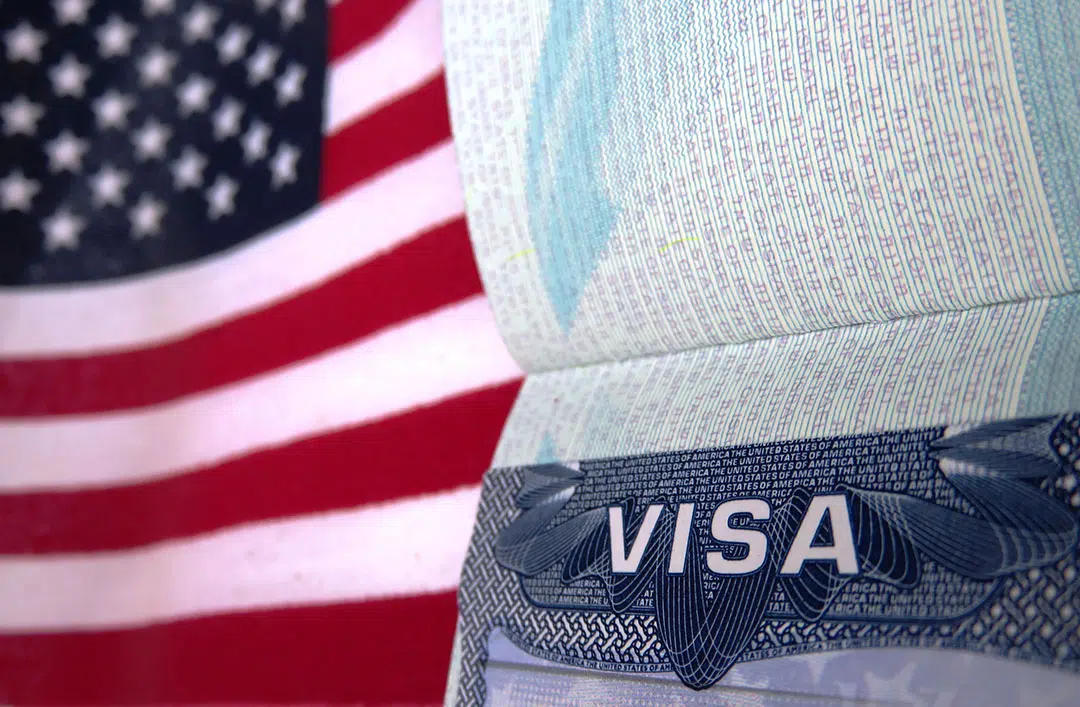The Complete Guide to Visa Sponsorship Employment in the U.S

Visa sponsorship employment in the United States is a crucial topic for employers and foreign nationals seeking career opportunities there. In this short article, we will provide you with a concise yet comprehensive overview of the visa sponsorship process in the U.S., shedding light on the key aspects you need to know.
1. Types of Visa Sponsorship:
H-1B Visa: This is one of the most common visa categories for skilled workers, particularly in fields like technology, science, engineering, and mathematics.
L-1 Visa: Designed for intracompany transferees, this visa allows multinational companies to transfer employees to their U.S. offices.
O-1 Visa: Intended for individuals with extraordinary abilities or achievements in fields such as arts, sciences, business, and athletics.
TN Visa: Available to Canadian and Mexican professionals under the NAFTA agreement.
2. The Employer’s Role:
Employers play a pivotal role in the visa sponsorship process. They must meet specific requirements and obligations to sponsor foreign workers.
Employers are responsible for filing the necessary visa petitions, providing documentation, and complying with wage and labor regulations.
3. The Employee’s Role:
Foreign nationals seeking employment in the U.S. must possess the required qualifications and skills for the specific visa category.
It’s essential to maintain legal status while in the country and adhere to the terms of the visa.
4. Application Process:
The process for obtaining a visa typically involves several steps, including the submission of petitions, interviews, and, in some cases, a lottery system for specific visa categories like the H-1B.
5. Challenges and Considerations:
The visa sponsorship process can be complex and competitive, and meeting all requirements is crucial.
Changes in immigration policies and quotas can impact the availability of certain visas.
6. Professional Guidance:
Given the complexity of the process, seeking legal counsel or assistance from experienced immigration professionals is advisable to ensure a smooth visa sponsorship process.
From Aspiration to Reality: A Roadmap to US Immigration and Permanent Residency
1. Understanding the Green Card
A Green Card—officially referred to as a Resident Card—serves as the gateway for individuals seeking to live and work in the United States indefinitely. It confers resident status upon individuals granting them rights and privileges similar, to those enjoyed by U.S. Citizens.
Green Cards are primarily divided into two categories; family sponsored and employment based. Family sponsored Green Cards are obtained through relatives who are either U.S. Citizens or permanent residents.
This section can provide information, about the specific requirements for obtaining Green Cards through family sponsorship and the types of relationships that qualify.
2. Family Sponsorship
One common way to obtain a Green Card is by being sponsored by a family member. US citizens and permanent residents have the ability to sponsor family members, including spouses, children and parents so they can become residents themselves. The article can give examples of family relationships that qualify and explain the process involved which includes filing Form I 130 also known as the Petition for Alien Relative.
3. Employment Based Green Cards
For professionals and workers employment based Green Cards offer a pathway to immigrate to the US. These categories are divided into preference categories with individuals possessing abilities or working in professions with labor shortages given preference. This section can discuss employment based categories like EB 1, EB 2, and EB 3 along with their criteria.
4. Diversity Visa (DV) Lottery
The DV Lottery program also referred to as the Green Card Lottery assigns a number of Green Cards to individuals from countries with rates of immigration to the US. It presents an opportunity for eligible individuals, from these countries to secure a Green Card.
5. Seeking Asylum and Refugee Status
Individuals who are fleeing persecution or violence in their home countries have the opportunity to seek asylum or refugee status in the United States. If their application is successful they may eventually become eligible for a Green Card. This part can provide an overview of the processes involved in seeking asylum and refugee status, including clarifying the distinctions between them outlining eligibility criteria, and explaining the steps.
6. The Application Process
Irrespective of which pathway one chooses, applying for a Green Card entails a process that involves submitting forms undergoing background checks attending interviews, and undergoing examinations. It is crucial to adhere to all requirements and guidelines to enhance your chances of success. This segment can present a breakdown of each step in the Green Card application process while emphasizing the importance of documentation and adherence to legal procedures.
Conclusion
Embarking on an immigration journey toward obtaining a Green Card in the United States can be life changing. Whether it’s through family sponsorship, employment opportunities, participating in diversity visa lotteries, or seeking refuge within its borders; comprehending options and adhering to application procedures are essential factors, in realizing this aspiration.
It’s important to keep in mind that the immigration process can be quite demanding and present its set of challenges including financial considerations. Immigration policies and regulations are subject to change which can impact an individual’s ability to remain in the country. Moreover, the experiences of immigrants can vary based on factors like location, socioeconomic status, and personal circumstances.
Ultimately whether immigrating to the United States is worthwhile depends on an individual’s goals and values. It is advisable to seek guidance and conduct research before making such a life altering decision.




